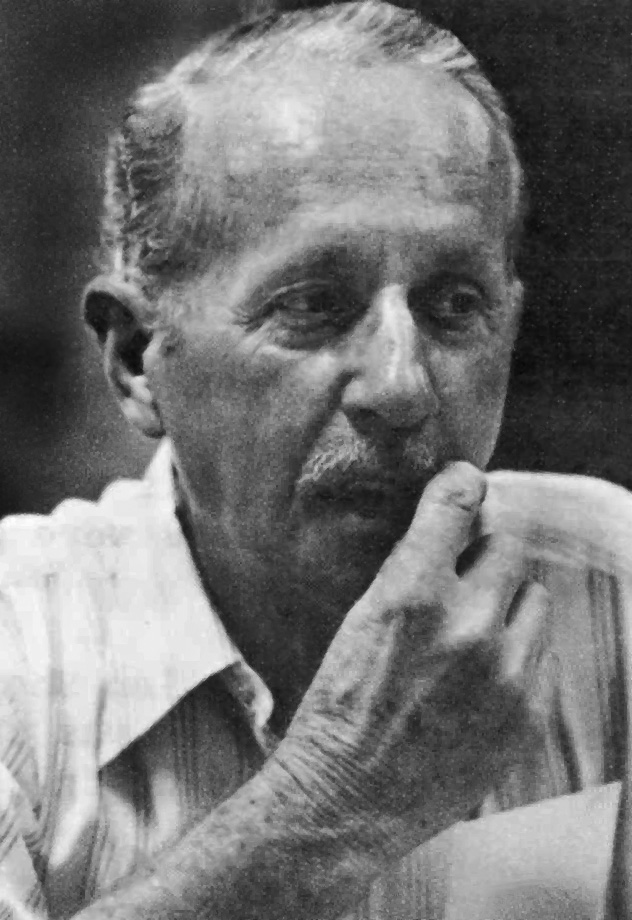
Jim Kerlin
Photographer, Associated Press
Associated Press photographer Jim Kerlin was no wide-eyed rookie when he began covering the goings-on at Cape Canaveral in 1956. But Jim, who began his AP career in 1933, was impressed with the newness of his cape assignments.
“It was a challenge just to find out when the rockets were going up in those days,” the Miami-based photographer said in a 1975 interview that appeared in the AP’s Florida Log.
Jim was there on May 5, 1961, when Alan Shepard pioneered American space travel. He was there on Feb. 20, 1962, when John Glenn became the first American to orbit the world, and on July 16, 1969, when Apollo 11’s Neil Armstrong, Buzz Aldrin and Michael Collins blasted off for the moon. In fact, Jim covered every manned U.S. launch from Shepard through the liftoff of the Apollo-Soyuz crew on July 15, 1975.
He retired before the space shuttle debuted in 1981, and he died in 1991.
Two space-related occasions stood out for him.
Back in the pre-publicity days of the late 1950s, Jim was told by one of his hundreds of contacts, “There have been a lot of monkeys hanging around the pad.” Jim relayed the message to Jack King, who preceded Howard Benedict as AP’s reporter-in-residence at Cocoa Beach. (Both King and Benedict are also Chroniclers and now deceased.)
After much probing, the confirmation came down from the Air Force. “Yes, there’s to be a primate aboard.”
“There’s the launch, and only AP knows about the monkey,” Jim recalled. “When the story hit the wire, all the other news organizations were either sitting there with their jaws slack or screaming like crazy. We were way ahead.”
On another occasion back in the early days, Jim was perched on a truck platform about a mile and a half away from the launch pad when something went wrong with the soaring missile. Hanging a left turn, the missile headed for the small band of photographers and cameramen gathered — and passed about 100 feet above them before being exploded by Mission Control.
“Have you ever photographed a missile staring into its nose cone?” Jim asked. “It’s enough to get you a bit concerned.”
Jim remembered with pride that an Air Force general once declared, “Can’t we fire a blankety rocket without that blankety Kerlin poking around?”
“We had a good time,” Jim said, “despite all the sun.”
In all, Kerlin was an AP photographer for 43 years and a principal photographer of space shots from Cape Canaveral/Cape Kennedy throughout the early years. But he covered so much more.
Whenever anyone of note came to Florida, Kerlin was on the case. Among his photo subjects: Stan Musial, Jackie Robinson, Sandy Koufax, Babe Zaharias, Joe DiMaggio, Adlai Stevenson, Martin Luther King Jr., Muhammad Ali and Cuban leader Fulgencio Batista. From Havana, Jim photographed Fidel Castro.
In the 1990s, Kerlin’s widow, Marjorie, and the Tampa Bay Times (formerly the St. Petersburg Times) established an endowed fund in his memory that supports graduate students pursuing studies in communications law or freedom of information at the University of Florida.
Marjorie Kerlin died in 1999.
The Tampa Bay Times/James P. Kerlin Fellowship lives on through the University of Florida Foundation. To learn more, visit:
http://www.uff.ufl.edu/Scholarships/ScholarshipInfo.asp?ScholarshipFund=004687
Son Jim followed in his father’s journalistic footsteps. The younger Jim Kerlin graduated from the University of Florida’s journalism school in 1962 and went on to work at several Jacksonville television and radio stations. He died in 1978.
He, too, has a University of Florida Foundation scholarship in his name: the Jim Kerlin Broadcasting Scholarship. To learn more, visit:
http://www.uff.ufl.edu/Scholarships/ScholarshipInfo.asp?ScholarshipFund=004689

























